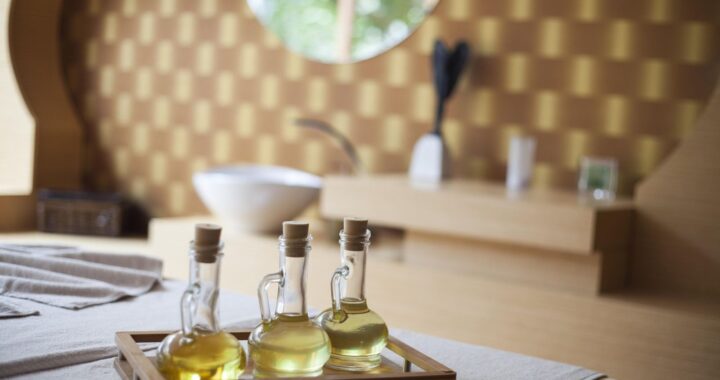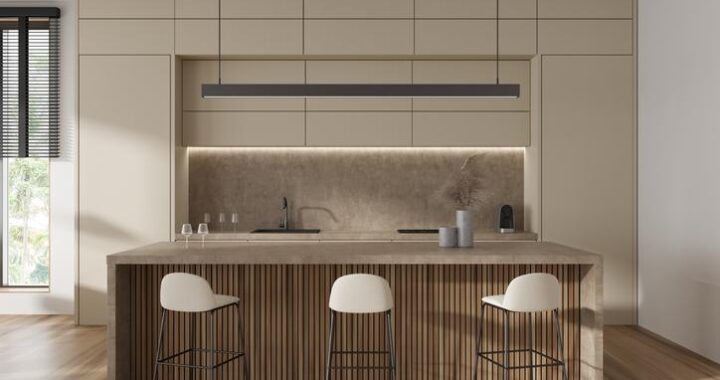Boost Productivity: The Plants to Elevate Your Home Office Space

In today’s world, many of us are working from home, and the design of our workspace can directly impact our productivity and well-being. While good lighting, comfortable furniture, and a clutter-free desk are essential, one often overlooked aspect of a productive home office is the presence of indoor plants. Beyond simply adding a touch of green, plants can enhance focus, improve air quality, and even lower stress levels.
The Science Behind Plants and Productivity
It’s not just a myth—plants do boost productivity, and there’s science to back it up. Numerous studies show that the presence of plants in a workspace can improve mental clarity, increase focus, and reduce feelings of stress and fatigue. One of the primary ways plants achieve this is by improving air quality. Certain plants are known for their ability to remove toxins from the air, such as formaldehyde and benzene, which are often emitted from office materials like printers and cleaning products.
Cleaner air can lead to clearer thinking, and many people report feeling more alert in environments filled with greenery. Plants also help maintain humidity levels, which is vital in enclosed spaces where dry air from air conditioners or heaters can be a distraction.
In addition to cleaner air, studies show that exposure to plants and natural elements can reduce stress and elevate mood. Simply having a plant in your line of sight can create a sense of calm, helping you tackle tasks with a more relaxed and focused mindset. The subtle presence of greenery can also foster creativity, with research suggesting that being around nature helps individuals think more freely and come up with innovative ideas.
Choosing the Right Plants for Your Home Office
While adding plants to your home office is an excellent idea, it’s important to choose the right ones. You want plants that not only look good but also suit your workspace in terms of size, lighting, and maintenance needs. Low-maintenance plants are ideal for busy professionals who may not have the time or expertise to care for finicky species. Plants that require minimal watering or light are often a great fit for home offices since they thrive without constant attention.
If your home office is small or you work at a compact desk, consider plants that don’t take up too much space. Plants like succulents, small potted ferns, or hanging plants can add greenery without crowding your work area. A great option to consider for compact spaces is the hoya plant, known for its thick, waxy leaves and low water requirements. This resilient plant not only looks striking with its cascading vines but also thrives with minimal care, making it a fantastic addition to any home office.
The Plants to Elevate Your Home Office
When selecting plants for your home office, it’s crucial to choose ones that are not only visually appealing but also offer practical benefits such as air purification and low maintenance. The snake plant, for instance, is a popular choice for its ability to filter out pollutants like formaldehyde. Its tall, architectural leaves add a modern touch to any office space, and it thrives in low light while requiring little water.
For a pop of greenery, consider the pothos or devil’s ivy, a hardy plant that grows well in a variety of lighting conditions. Its trailing vines create a beautiful, natural aesthetic that can soften the look of an otherwise sterile desk setup. Similarly, the peace lily is a low-maintenance plant that adds elegance with its sleek, white blooms, while also being one of the top-rated plants for improving indoor air quality.
How to Position Plants for Maximum Productivity
Simply adding plants to your office isn’t enough; you need to position them thoughtfully to reap the full benefits. Placing plants near your desk or within your field of vision helps you experience their calming effects throughout the day. Consider placing a small plant directly on your desk to act as a natural stress reliever while you work. Larger plants can be placed in corners or by the window, where they can take advantage of natural light and improve the overall ambiance of the room.
The key to positioning plants is balancing light and space. Different plants have different light requirements, so be mindful of how much sunlight your office gets throughout the day. For instance, succulents and cacti prefer bright, direct light, while plants like ferns and snake plants do better in low-light conditions. Avoid overcrowding your workspace with too many plants, as a cluttered desk can reduce productivity. Instead, focus on a few well-placed plants that enhance the room without overwhelming it.
Conclusion
Adding plants to your home office isn’t just about aesthetics; it’s about creating a more productive, healthy, and calming environment. From improving air quality to reducing stress and boosting creativity, plants offer a wide range of benefits that can help you stay focused and energized. By choosing the right plants, positioning them strategically, and giving them the care they need, you can transform your workspace into a thriving, green oasis that supports your productivity and well-being.



 How to Modernize Your Spa Room at Home
How to Modernize Your Spa Room at Home  Tips for Designing Your Own Gaming Space
Tips for Designing Your Own Gaming Space  How to Make Oak Cabinets Look Modern: Stylish Updates and Design Tips
How to Make Oak Cabinets Look Modern: Stylish Updates and Design Tips